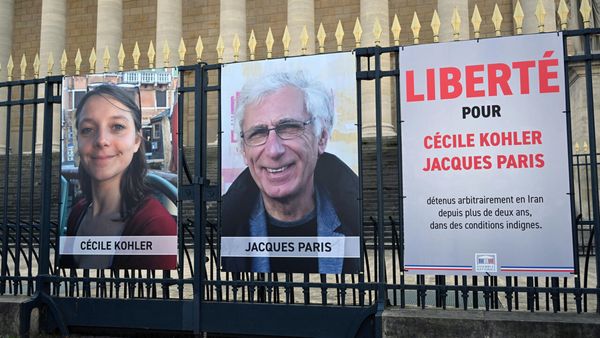
Botox became a household name (and, even, a TikTok trend) as a temporary treatment for frown lines, crow's feet, and other signs of aging (or what other people consider marks of character).
Now 20 years into use as a cosmetic treatment, it's widely used in dermatologist offices and medical spas. But Botox, the brand name for injectable botulinum toxin A (BoNT-A), also has some lesser-known uses. The shots are used to help control everything from migraines to limb spasms.
Botox for migraine
Sara Harper of Overland Park, Kansas has been plagued with migraines for 20 years and they increased dramatically in frequency and pain level about two and a half years ago. "I was in so much pain over 20 days per month that I was willing to try anything to relieve the migraines," says the 44-year-old.
Over the years she had tried remedies from pretty much every aisle of the pharmacy.
"I tried numerous treatments, mostly because my insurance would require trying another drug before moving to Botox," she says. "I’ve tried over the counter migraine medication, injectable prescriptions that you inject into your stomach monthly, sumatriptan, increased caffeine, gabapentin and other triptan medications." (Triptans target overactive pain nerves to help quell migraines.)
But when insurance finally gave her doc the go-ahead 18 months ago, Harper began her quarterly visits for Botox treatment, which includes 38 injections in her face, skull, neck, shoulders and upper back every three months.
"Before starting Botox, my migraines were becoming severe interrupters to my daily living. Since receiving botox, I’m almost pain free the entire three months except for a few days before the next round of injections," says Harper. "It’s been a complete game changer; a 180 from 18 months ago."
Botox for muscle spasms
The treatment can also be a game changer for muscle spasms that impact everything from vision to movement.
Fairbanks, Alaska-based Carrie Nash says her now 24-year-old daughter has had injections several times throughout her life to help manage spasticity (stiff muscles) caused by her cerebral palsy. The treatment was used most while her daughter "was still growing," says Nash.
There are two main BoNT-A drugs used in the treatment of children with CF: Botox and Dysport. In 2018, a doctor conducting research at NewYork-Presbyterian says children two and older with CF who were treated with BoNT-A “walk better, faster, and are less tired.”
Though the drug is still an accepted treatment, there is some debate within the medical community about its long-term impact. Some of that began with a study published in 2019 in Paediatric Drugs. The study noted that though BoNT-A was effective in “reducing over-activity in muscles in children with cerebral palsy,” long-term studies were needed to track impacts including muscle atrophy, weakness, muscle fibrosis, and mild adverse events in some children.
Other conditions Botox treats
Other medicinal uses for Botox include:
- overactive bladder and urgency incontinence (though studies are ongoing),
- excessive sweating
- crossed eyes (strabismus)
- eyelid twitching/spasms and dry eye (blepharospasm)
- foot pain, including plantar fasciitis and pain from high heels
How Botox works
In its purest form, botulinum is not something you want to mess with—it's deadly. The toxin is made safe—and turned into Botox—by diluting it with other proteins. Think of Botox as a freezing agent, but instead of stopping movement because of extreme temperatures, the drug intercepts the neurotransmitter acetylcholine, the chemical signals from nerves that cause muscles to contract.
(That's why cosmetic Botox is often the basis for jokes about the inability to show emotion after a treatment. Without much movement in facial muscles, it's harder to tell just by looking if a person is feeling placid or peeved.)
A few things to keep in mind: no matter the use, can take some time to take effect and treatments have to be repeated every three to 12 months.
Side effects of Botox
The drug does have potential side effects, some mild and others far more rare but severe. A 2020 study found that most of the mild side effects, including the injection site bruising that shows up in 11% to 25% of patients, often clear quickly. But some people do end up having allergic reactions to botulinum toxin injections—resulting in a range from redness to anaphylactic shock—so post-injection monitoring and caution is necessary.
Overall, the medicinal effects of Botox give many patients the ability to move through daily life with far less pain or challenging conditions. Now that's life altering.







